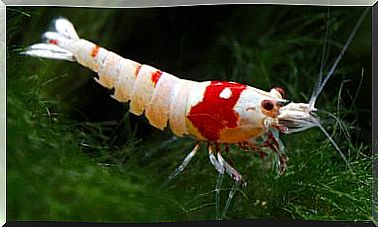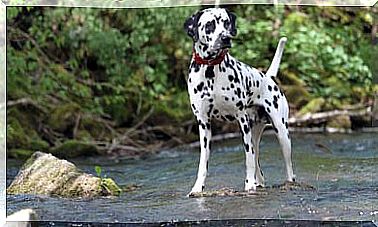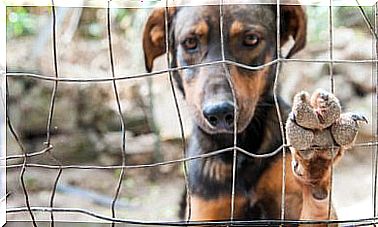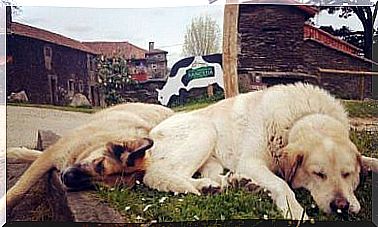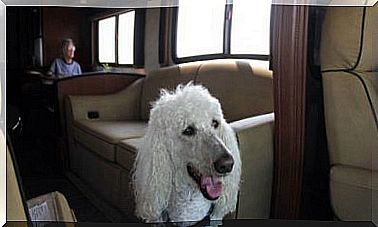5 Facts About Canine Coronavirus You Should Know
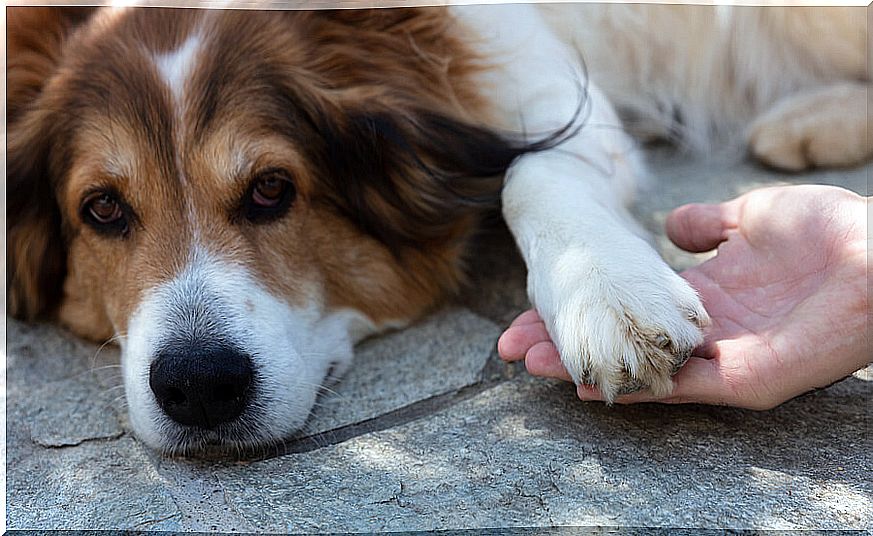
What is canine coronavirus? Where does it come from? How should I take care of my pet if it has it? Should I take her to the vet? These and other questions assail dog guardians mainly due to ignorance of the disease, which is actually quite common in dogs. Therefore, below we will offer all the answers you need.
1. What are coronaviruses?
Coronaviruses (CoV) make up a family of approximately 40 viruses that are named after the structure of their envelope, in the form of a corona.
In general, these viruses infect mammals in a species-specific manner. So specific strains of coronavirus are known, infecting cats, rabbits, ferrets, cows, turkeys and pigs.
Among these, three known viral types can infect dogs, they are called: canine coronaviruses. The “CC” in their names stands for “canine coronavirus”: CCoV I, CCoV II and CRCoV (canine respiratory coronavirus).

2. Can people and pets spread the virus?
Although dogs, cats, and humans can contract viruses that belong to the Coronaviridae family , infections are generally “species-specific,” meaning that interspecies infection is rare.
However, it is pertinent to note that viruses are well known for their ability to mutate. Viral mutants normally maintain their species specificity. This is the reason why, being so long the presence of viruses on the planet, they have not destroyed the human species.
Very eventually, it happens that a mutation allows the virus to infect interspecies. For now, experts are not expressly concerned that the coronavirus infection is transmitted between humans, dogs and cats.
3. How serious is the canine virus infection?

Three types of canine coronaviruses are known. Two of them, which make up group I, cause diarrhea and are very similar to each other, they are CCoV I and II. Infection with these two viral types is mild and often goes unnoticed.
The first report on CCoV infection appeared in 1974, when it was isolated from dogs with acute enteritis at a canine military unit in Germany.
In 2003, a third canine coronavirus was reported, CRCoV, which makes up group II, causes respiratory problems and can be a serious disease. The infection causes pneumonia, and it can be fatal. It has a high incidence in dogs in crowded conditions.
Outbreaks caused by a highly virulent and pantropic CRCoV have been reported, meaning that it affects many organs. Furthermore, CRCoV, together with other viruses from different families, causes respiratory infections known as the “kennel cough complex”.
4. How common is canine coronavirus infection?
Various serological and virological studies show that CCoV is widespread in the canine population. In particular, the virus is highly prevalent in kennels and animal shelters.
Enteric CCoV infection is characterized by high morbidity (proportion of sick individuals) and low mortality. The virus is shed at high concentrations in saliva and feces and is transmitted by the fecal-oral route.
In the case of group II, US reports have estimated that more than 50% of the dogs tested have antibodies against CRCoV, indicating that they were exposed to the virus earlier in their lives.
5. Are there vaccines for canine coronavirus?
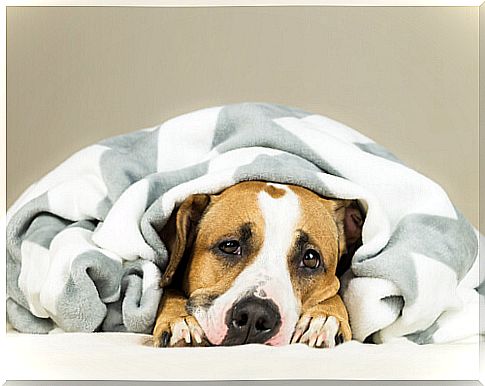
There is a vaccine available against canine coronavirus group I, but most veterinarians follow the directions of the World Association of Small Animal Veterinarians (WSAVA), which does not recommend it for dogs because the infection is very mild.
There is no specific treatment or vaccines for infections caused by pantropic CRCoV. Management should emphasize supportive treatment to maintain fluid and electrolyte balance. Although rarely indicated, broad-spectrum antimicrobial agents can be administered to treat secondary bacterial infections.
Inactivated vaccines currently used against enteric CCoV have been shown to be ineffective. Therefore, the best prevention measure is to vaccinate your dog against other respiratory infections (parainfluenza virus, adenovirus, distemper, and Bordetella bronchiseptica ) to avoid co-infection. In addition, dogs with kennel cough should be isolated until symptoms disappear.
What should you do if your puppy or dog has canine coronavirus?
If your puppy or dog has a fever over 40º and diarrhea and you suspect that he may have canine coronavirus, take him to the vet as soon as possible for a check-up and he will tell you what is the most appropriate treatment for him.
Generally, the goal of treatment is to reduce diarrhea and fever and control other symptoms, while preventing secondary bacterial infections. This means that the treatment of the canine coronavirus is symptomatic.
Depending on the case, the vet may consider intravenous or bolus fl uid therapy.
At home you should be aware that your pet hydrates properly and rests. During your recovery time, try to avoid factors that may cause you stress. Additionally, provide him with adequate nutrition.


